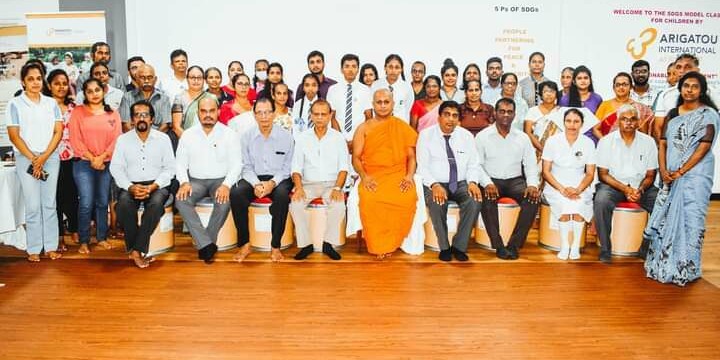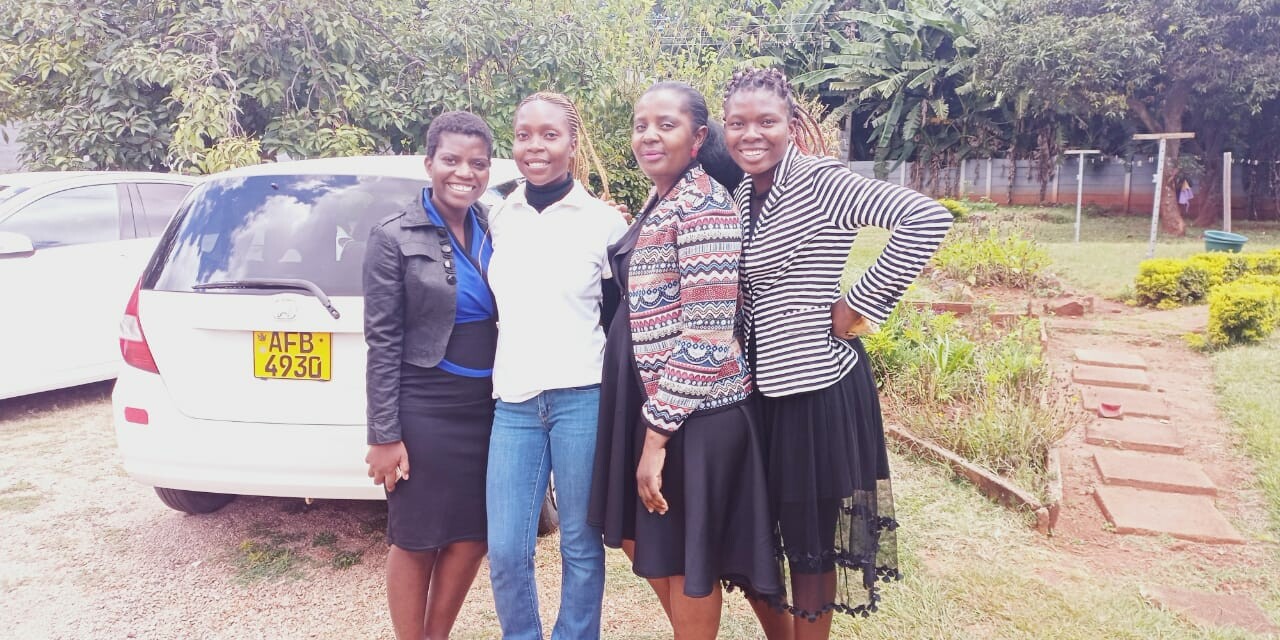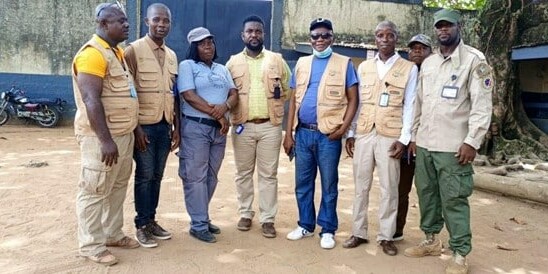The Goldin Institute is honored to work with a wide range of community leaders and partners from a broad range of civil society experts to promote reconciliation and peace building around the world. Of particular concern is the use of child soldiers in conflicts throughout our network.
In places like Colombia, Uganda and the Philippines, the Goldin Institute is working to build broad-based, community-driven coalitions to prevent the use of young people in combat and reintegrate former child soldiers.
Child Soldier Reintegration and Prevention
 The international community defines child soldiers as persons below the age of 18 who are involved with the armed forces, both during times of peace and conflict. Currently, there are 86 countries that use child soldiers and it is believed that at any given time, there are 300,000 child soldiers involved in battles worldwide. While the number of conflicts in which child soldiers are involved has decreased from 27 in 2004 to 17 in 2007, there is evidence that the decrease is more strongly tied to the end of conflicts than to the effects of legislation. While efforts to prevent the use of child soldiers has intensified in the last decade, it continues to be an issue that demands attention as more children are drawn into conflicts that cause them to lose their childhood.
The international community defines child soldiers as persons below the age of 18 who are involved with the armed forces, both during times of peace and conflict. Currently, there are 86 countries that use child soldiers and it is believed that at any given time, there are 300,000 child soldiers involved in battles worldwide. While the number of conflicts in which child soldiers are involved has decreased from 27 in 2004 to 17 in 2007, there is evidence that the decrease is more strongly tied to the end of conflicts than to the effects of legislation. While efforts to prevent the use of child soldiers has intensified in the last decade, it continues to be an issue that demands attention as more children are drawn into conflicts that cause them to lose their childhood.
[quote]I would like you to give a message. Please do your best to tell the world what is happening to us, the children. So that other children don’t have to pass through this violence. -15 year old child soldier from Uganda in an interview with Amnesty International[/quote]
Reasons for Joining the Armed Forces
While there are many reasons offered for why children join the armed forces, the thread that links all of the reasons concerns issues of survival. Although children who enlist in the armed forces of their own accord are seen as voluntary participants, there are economic and social factors that largely influence their decision. One reason that is often mentioned for voluntary enlistment is the economic pressures felt by the children’s families, as poor families are often unable to support their children and provide them with food and education during times of war. Families in this situation often reason that the best alternative for children is to join the armed forces, where they will be provided with food every day. Street children often join because they see no other positive alternative, as they have no family and live each day in uncertainty. Others who join the armed forces seek to avenge the deaths of their relatives, by fighting in opposition to armed forces that killed them. Girls occasionally use the armed forces as an escape route from domestic servitude, enforced marriage, and abuse at home. Despite “voluntary enlistment” by children, armed forces often continue to forcibly remove children from their homes to join their ranks in the face of clear resistance from children and their families.
Duties of Child Soldiers
Once recruited into the armed forces, children face a variety of duties, which includes participating in combat, laying explosives, deactivating mines, spying, training, cooking, and engaging in sexual activity. While girls are most often recruited for sexual purposes, they also take part in other duties that are often more strongly associated with boy soldiers by the international community, such as combat.
The Issue of Girl Soldiers
While the plight of boy child soldiers is highlighted internationally, recent reports suggest that 40% of all child soldiers are girls, which brings issues of girl child soldiers to the forefront. Although boy and girl child soldiers have similar duties for the most part, girls have the added strain of being forced to engage in sexual activities with commanders of their units. While some girl soldiers have stated in interviews that their commanders protect them from receiving harsh punishments while serving in the armed forces, the psychological damage that results from underage girls being forced to engage in sexual relations with commanders is overwhelming. Besides psychological damage, there is also a high risk of girl soldiers getting sexually transmitted diseases through sexual contact with commanders.
This issue becomes most problematic when considering post-war implications. While reintegration programs are becoming more prevalent in countries that use child soldiers, the fact remains that thousands of girls continue to be on the short end of receiving reintegration support. One reason that girls are not as involved in reintegration programs is because they do not want to be identified as child soldiers, for fear of being rejected by their families for engaging in sexual activities as soldiers. Furthermore, girls in some conflicts are not allowed to take part in reintegration programs, as they are held back by commanders who have forced the girls to become their wives. Also, because reintegration programs are largely targeted toward boy soldiers, the needs of girl soldiers are often not addressed in terms of the necessary psychological and physical check-ups. Reintegration programs also run into problems on how to re-integrate girl soldiers, because programs that revolve around reintegration into families and communities will not be effective for girls who joined the armed forces to escape their families and communities in the first place.
As the number of girl soldiers recruited into armed forces continues to rise, it is becoming increasingly important to recognize and address their experiences. Although they have similar duties to boy soldiers, there is a large enough difference between their roles that programs need to be created that address the needs of girl soldiers if they are to be successfully reintegrated into society.



